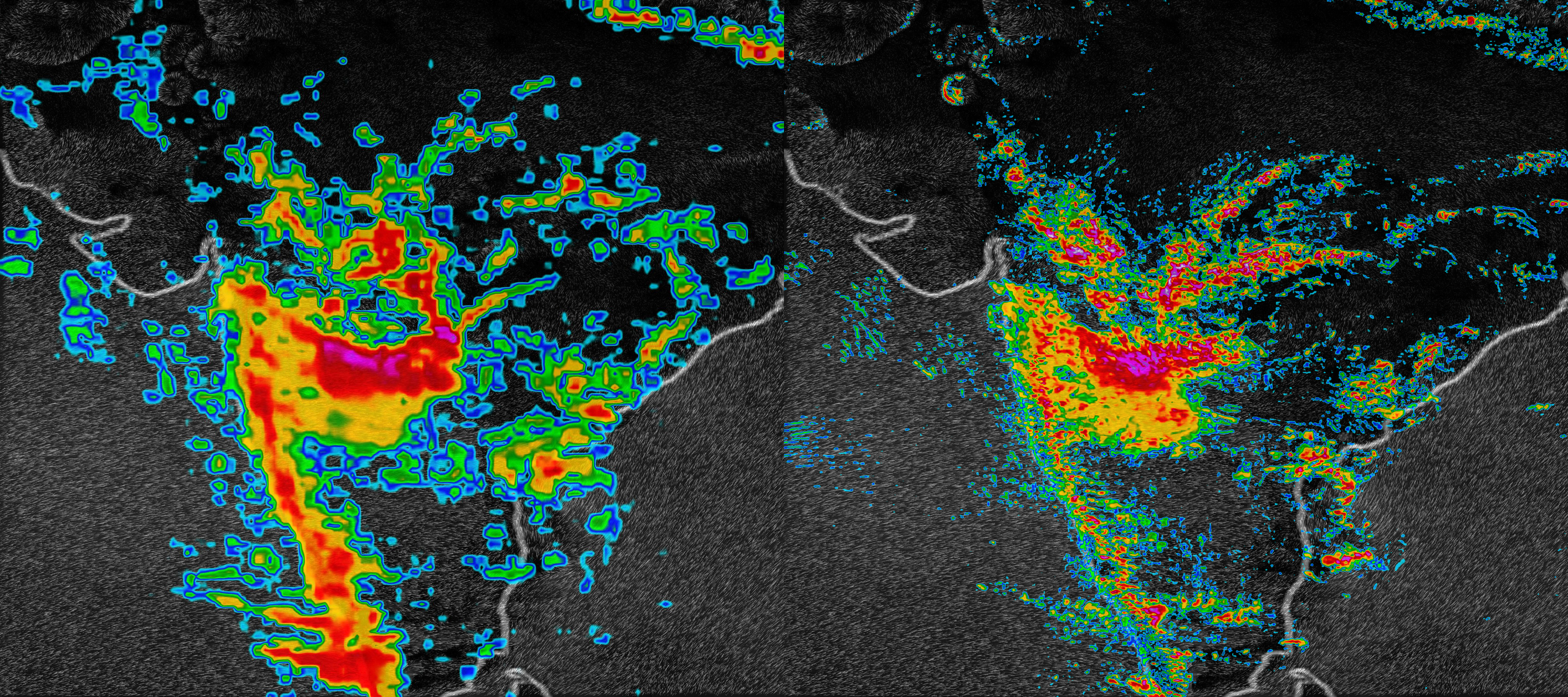Global Weather Forecasts Could Soon Get Much Better, According to IBM

Global weather forecasts are getting a big technology upgrade.
Right now, people in the United States, Japan and parts of Europe have access to hourly forecasts based on boatloads of data and high-resolution computer models. That usually means that if a storm is going to hit, there's enough radar and computing power trained on the atmosphere over the U.S. for Americans to be able to find out when and where far in advance, just by checking their phones.
It's a service so widely available in the wealthiest parts of the world that it's easy to forget (if you live in one of them) that it isn't available everywhere. Much of the wealthy world lives in a sort of protective bubble of weather-forecasting, warning of incoming storms and other dangers. But The Weather Company claims it's about to change that. [Top 10 Ways Weather Changed History]
The Weather Company, a subsidiary of IBM that operates The Weather Channelas well as Weather Underground, announced today (Jan. 8) a project it calls the IBM Global High-Resolution Atmospheric Forecasting System (GRAF). GRAF, the company claims, "will be the first hourly-updating commercial weather system that is able to predict something as small as thunderstorms globally."
A typical thunderhead is smaller than a single pixel on the weather-forecasting systems available in much of the world, making precise storm predictions tricky. GRAF will "crowdsource" data from a range of different sensor sources in order to build a global forecast model with 1.9-square-mile (3-kilometer) resolution, according to The Weather Company.
Elizabeth Austin, meteorologist and CEO of the meteorological research company Weather Extreme, told Live Science that a high-resolution, global-forecasting model would be "a very good thing." She noted, though, that the degree to which weather forecasts would improve in a particular region would depend on the quality of the data available there. [Hurricanes from Above: See Nature's Biggest Storms]
(Austin is not involved in The Weather Company or the GRAF project, but does sit on the American Meteorological Society council with Mary Glackin, vice president for Weather Business Solutions for The Weather Company.)
Get the world’s most fascinating discoveries delivered straight to your inbox.
The major advance of GRAF isn't that it detects new data, but that it processes more data in a more detailed way and more quickly than had previously been possible on a global scale. But how well it works will ultimately depend on the quality of the data fed into it.
For most people in the U.S., where high-quality hourly weather forecasts are already widely available, GRAF probably won't change much. But if you leave the U.S., it means you might be able to go a lot farther without leaving that protective forecasting bubble.
The Weather Company said in an email that global GRAF forecasts would be available to anyone with a Weather Company app later in 2019.
- Weather vs. Climate Change: Test Yourself
- 8 Ways Global Warming Is Already Changing the World
- 8 of the World's Most Endangered Places
Originally published on Live Science.



